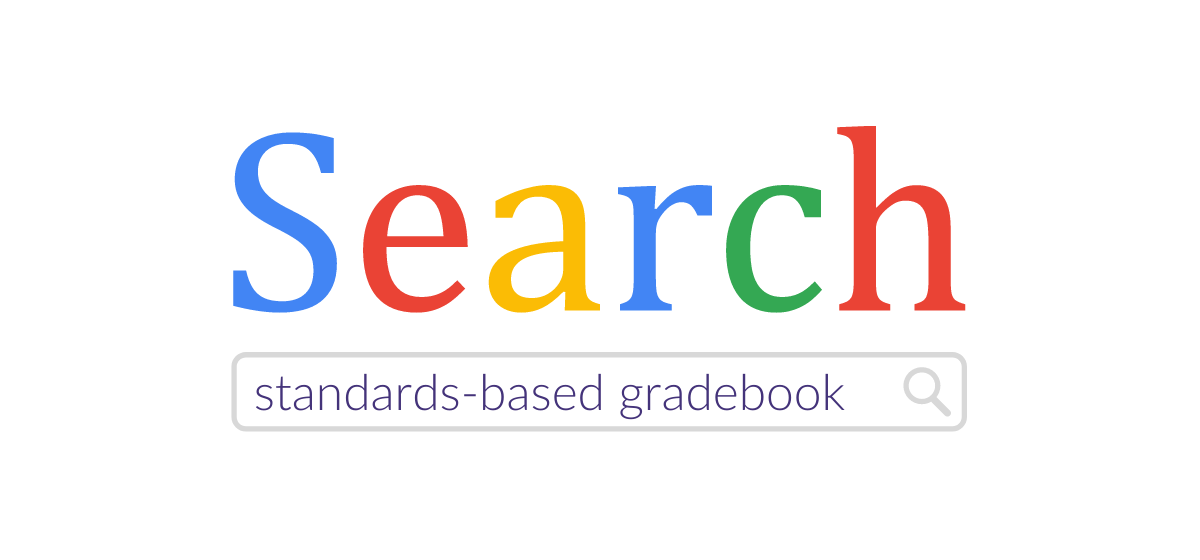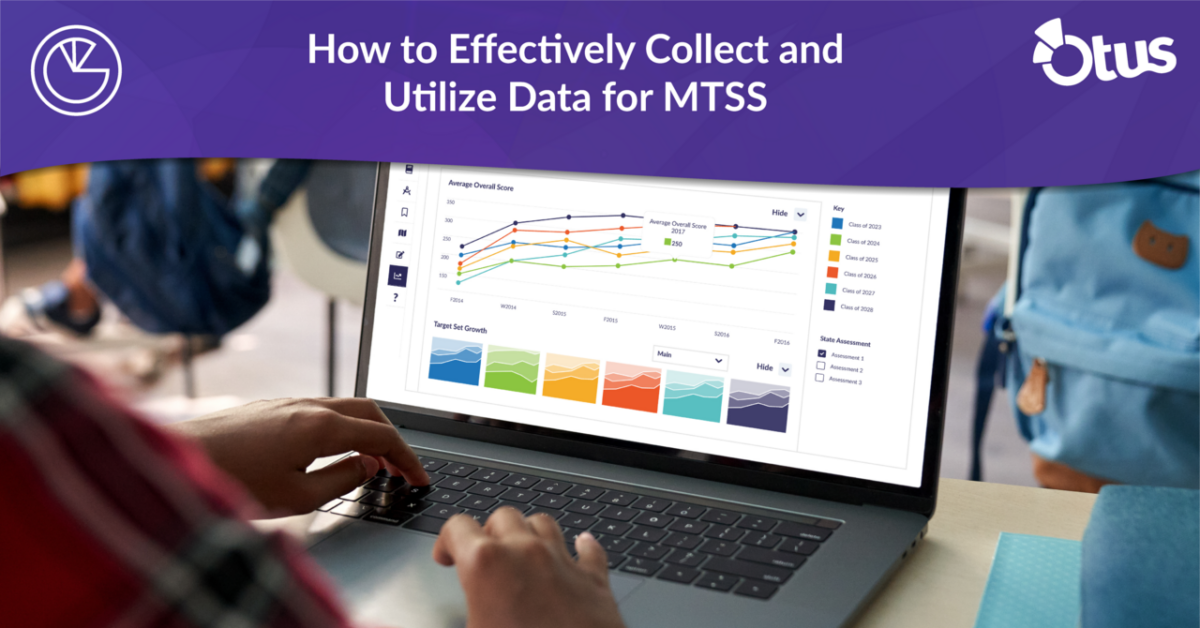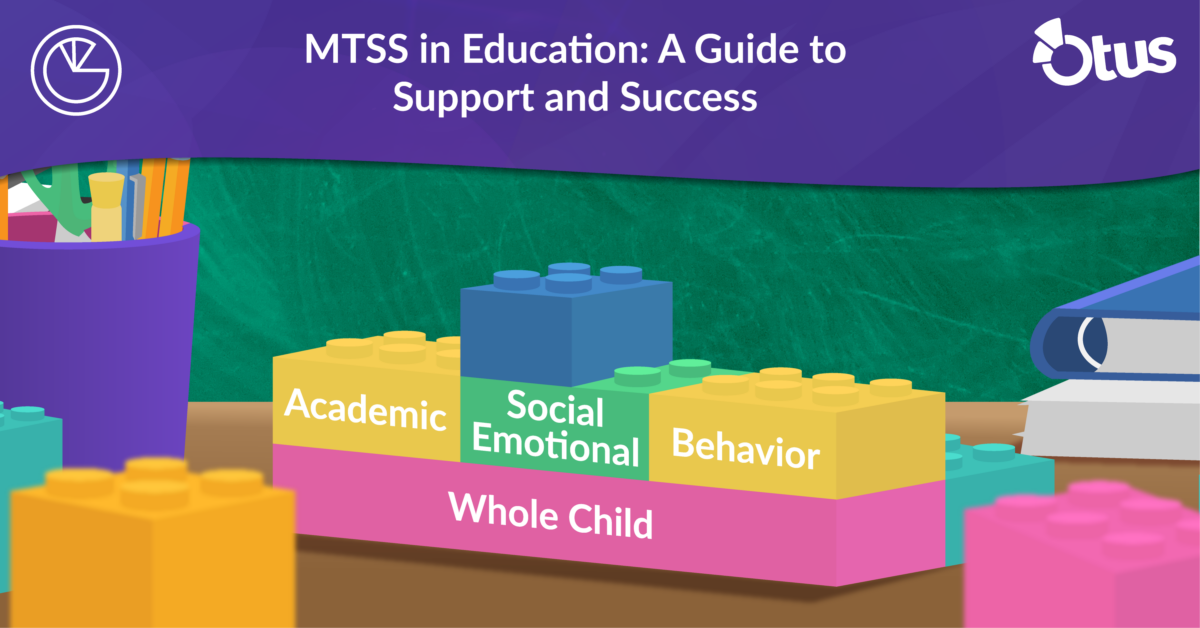When school systems decide to implement standards-based grading, a common first step is to find a standards-based gradebook that will meet the needs of all stakeholders: teachers, students, school leaders, and parents.
As you begin searching for a standards-based gradebook, you will quickly learn that your SIS or LMS was not designed for SBG. These systems are very useful, but they often prevent teachers from implementing standards-based grading using best practices. This is because the idea of measuring the growth on a learning standard over time conflicts with traditional grading where percentages and averages rule.
Before you search Twitter or Google “standards-based gradebook,” first determine how your school’s instructional practices will change when you move to SBG.
Consider asking yourself these questions:
- How will teachers use formative assessment data to differentiate instruction for students as they progress toward mastering a standard?
- How will the school speak with a single voice when asked, “how does standards-based grading help prepare my child for high school where they rely on traditional grades?”?
- What is your comprehensive professional development and communication plan that will allow stakeholders to buy into the SBG initiative?
Once this legwork is done, you can find the tools to help your initiative. Here are three questions you should consider when selecting a standards-based gradebook:
1. Will it require your teachers to enter grades multiple times?
A surefire way to prevent the SBG initiative from being successful is to use a standards-based gradebook that doesn’t work with the formative and summative assessment tools teachers use each day. In some cases, teachers grade Google Docs using Google Classroom, enter grades in an SIS, and then re-enter mastery levels in a standards-based gradebook. This is will cause teacher frustration toward SBG, but it’s not an SBG issue, it’s a technology issue.
Be sure you are not just buying a standards-based gradebook. You need a comprehensive teaching and learning platform that contains the tools teachers need to assess student performance. This platform should integrate with Google, too.
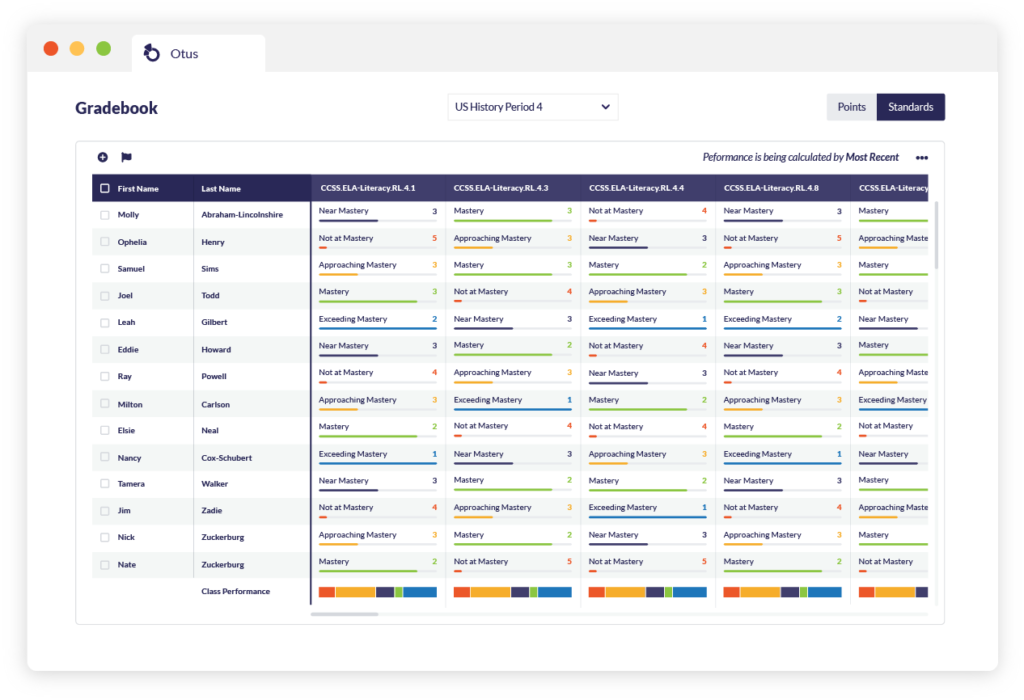
2. Do the standards follow the teacher or the student?
Believe it or not, some standards-based gradebooks restrict the standards a teacher can assess to the grade level they teach. This does not best support SBG.
Make sure your SBG platform allows teachers to evaluate the mastery level of any learning standard. Your gradebook should be as flexible as your teachers are to meet the needs of every student in their classrooms.
3. Will parents, students, teachers, and school leaders have the story behind the mastery level?
For school stakeholders to buy into the standards-based grading shift, consider how performance levels will be communicated. This is especially important to those who have no idea what SBG is. People want to see a mastery level, what the standard is measuring, and all of the assignments and assessments that have been used to determine that mastery level.
Last but not least, the report card.
An amazing standards-based paper report card does not exist. A piece of paper does not let you “click to learn more.” What ends up happening is parents receive a multiple-page “summary” of student performance on standards. Then, they call the school wondering what it all means, and administrators are left to defend their position on SBG.
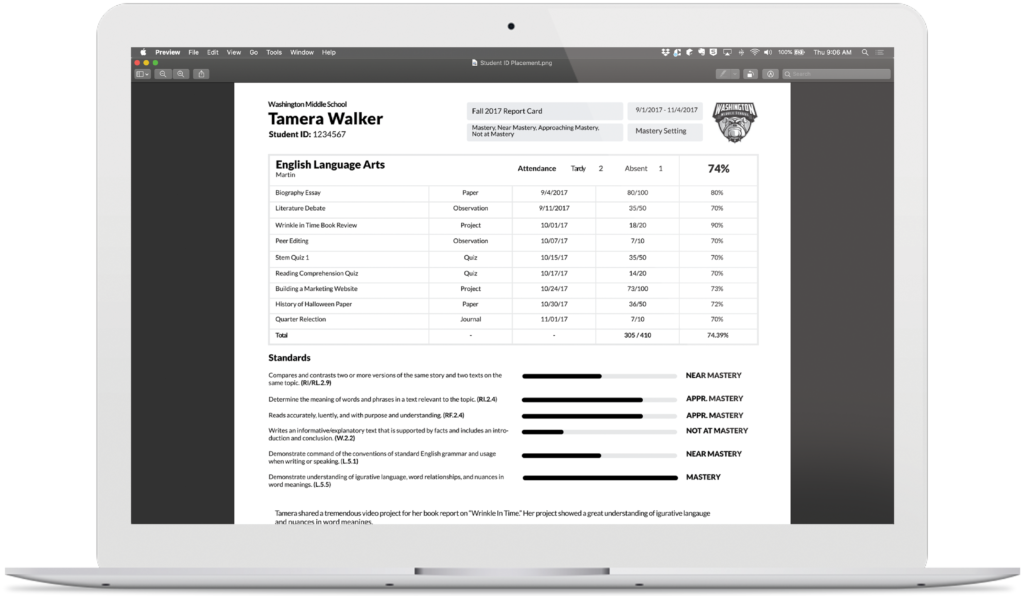
Initially, our focus at Otus was to make an online standards-based gradebook that is interactive and informative for parents. Now, our standards-based report card also helps parents understand their child’s performance against standards.
Otus was designed for schools to implement standards-based grading using best practices. We want you to be as successful as possible when you implement standards-based grading.
Interested in using Otus to implement standards-based grading, our SBG gradebook, and our SBG report card? Request a free demo below! We’d love to chat SBG with you.

